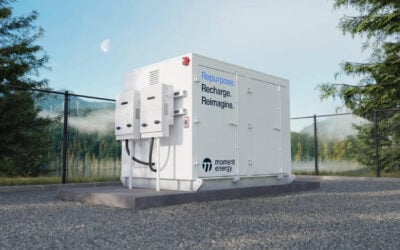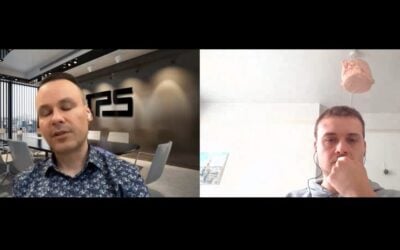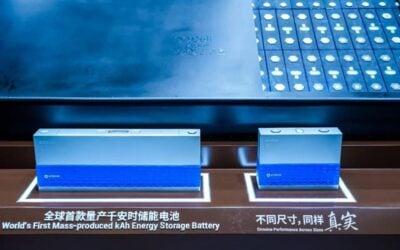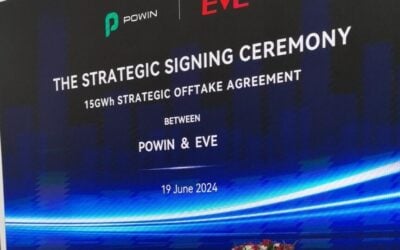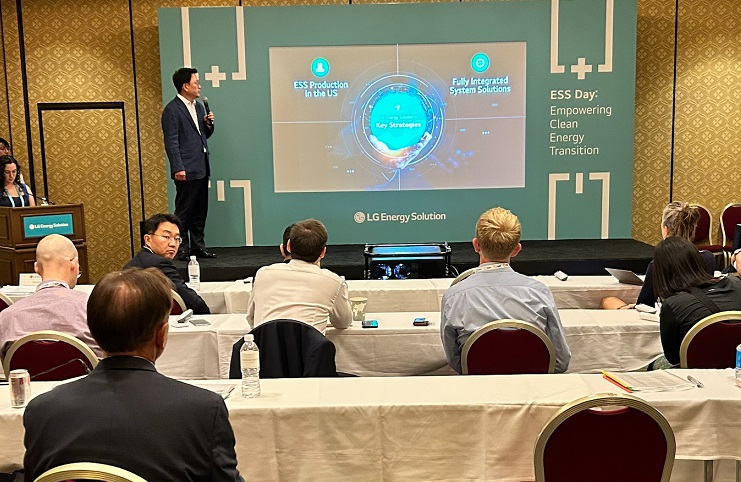
Advanced lithium iron phosphate (LFP) cell design and localising production are among chief strategies for differentiation in the US for LG Energy Solution, according to the company’s ESS division head.
LG Energy Solution senior VP and head of energy storage system (ESS) battery business division Seungse Chang spoke with Energy-Storage.news on the opening day of the RE+ solar and energy storage industry event in Las Vegas, Nevada.
Enjoy 12 months of exclusive analysis
- Regular insight and analysis of the industry’s biggest developments
- In-depth interviews with the industry’s leading figures
- Annual digital subscription to the PV Tech Power journal
- Discounts on Solar Media’s portfolio of events, in-person and virtual
The company had earlier held a press conference to unveil its strategy for maximising opportunities in the US battery energy storage system (BESS) market at utility-scale and residential level. Both segments of the market were already in a rapid growth phase before the August 2022 passing of the Inflation Reduction Act (IRA) which has set it on an even more upward trajectory.
To that end, LG Energy Solution is building one of the first and likely biggest factories with production lines fully dedicated to producing cells and packs for the BESS industry in Arizona. It will reach 16GWh annual production capacity for cells and packs when fully ramped in 2026, Chang confirmed.
Containerised assembly will also be carried out at another site about 30 minutes drive from the factory in Queen Creek, Arizona, Seungse Chang said. The company said it will be investing around US$5.5 billion into US production when the plant’s development was announced in March, which LG Energy Solution clarified yesterday includes US$2.3 billion for the ESS factory and the remainder for cylindrical cell production lines.
This will enable both LG Energy Solution and its customers to benefit from domestic content bonuses available to BESS projects that use products made, or majority-made, in the US. As we saw recently in Energy-Storage.news’ look at those domestic content rules, the thresholds for getting the maximum level of tax credits are relatively high.
“Even if you expand your production capacity in the US, if the supply chains for those batteries are not localised, you cannot fulfil the 60% local content requirement for the energy storage system. Which means if your suppliers are not localised, your customer cannot benefit from the investment tax credit (ITC),” Suengse Chang told Energy-Storage.news.
LG Energy Solution is on track to do that, according to the senior VP, and will be meeting the combined domestic supply chain and production line requirement at 55% when it comes into force in 2027.
LFP advantage
Another industry trend that is perhaps more global and less specific to the US market is the growing dominance of lithium iron phosphate cell chemistry for BESS applications.
It is however highly relevant to how the company sees the US market evolving. In announcing its Q1 2023 financial results in March this year, LG Energy Solution said the production of LFP cells in the US for BESS applications will be a major “growth engine” for the South Korean company.
While Chang says there will likely still be a place for nickel manganese cobalt (NMC) cells too, for LG Energy Solution, the BESS market will become more synonymous with LFP, for which it foresees much higher demand.
But with the majority of BESS customers choosing LFP, which has advantages over NMC including higher tolerance to conditions that can cause thermal runaway in cells and lower cost, Chang said he is often asked by customers what differentiates LG Energy Solution’s (LG ES’s) LFP cells from competitor’s products, which largely come from Chinese manufacturers.
One thing is that LG Energy Solution already knows the LFP chemistry very well through having developed and manufactured the cells for electric vehicle (EV) applications, Chang said.
Fundamentally, while the company claims the LG ES cells have spec sheet advantages on paper, such as higher energy density, longer cycle life and slower degradation, it comes down to the company’s investment in R&D and understanding of the chemistry, according to Chang.
Many people are unaware for example of how important production quality for LFP cells is, where the fine particles involved need to be mixed precisely and correctly to avoid a big drop in cell quality, he said.
Chang added that that means controlling humidity in production lines to a very sensitive degree, which is not easy to do in mass production, as an example.
However, LG ES also sees as a competitive advantage its development of a new design of advanced LFP cell with a new stacked form factor. This means that unlike the traditional ‘jelly roll’ design, cell deformations that occur when charging and discharging happen in a uniform, vertical way which limits their impact on performance.
These new advanced LFP cells have already begun rolling off an LG ES production line in China, Chang said and will be introduced into the US market in due course.
Vertical integration means technologies as well as supply chains
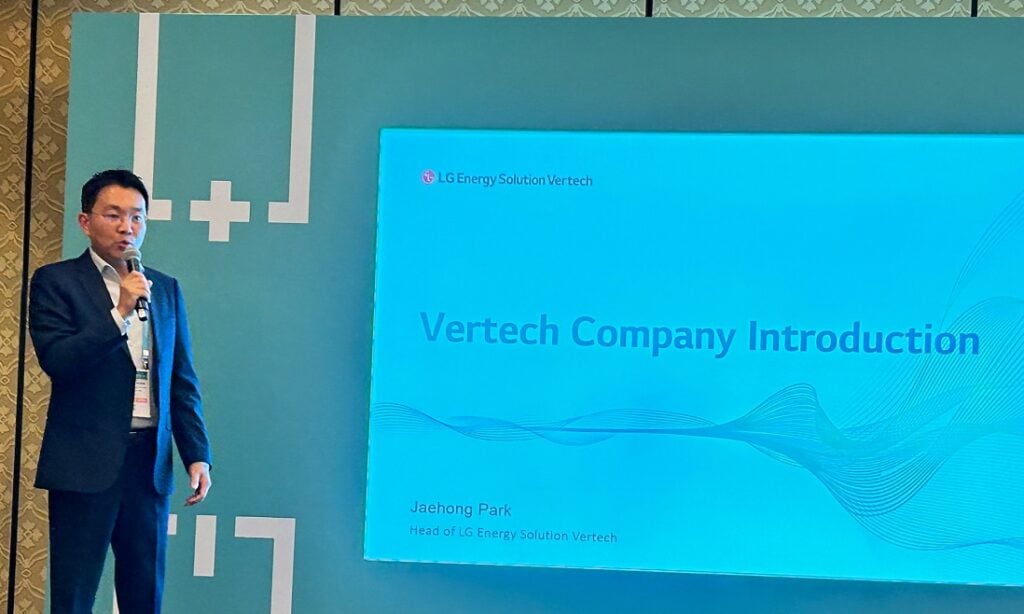
LG Energy Solution’s four main strategies for US market competitiveness are therefore its push into advancing LFP cell design and production, localisation of production with one of the biggest dedicated lines in the country, benefiting from the IRA incentives and finally, vertical integration of everything from upstream production to downstream market activities.
That means in addition to producing cells, being able to completely integrate systems on the DC-AC level including integration for balance of plant (BOP) and infrastructure components like transformers and power conversion system (PCS) technologies.
This article has been amended to reflect that a partnership with Fractal EMS was formed by LG Electronics, not LG ES, as was originally stated, as well as the breakdown of the investment earmarked into the factory for ESS production.

